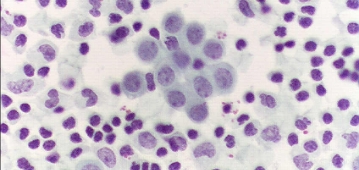
Heptafluoroisobutyronitrile (C4F7N), a gas used for insulating and arc quenching in electrical switchgear, is neurotoxic in the mouse brain
DESCRIPTION
Abstract
Fluoronitrile gas (C4F7N, CAS number 42532-60-5) is one of the most promising candidates as insulating and/or breaking medium in high and medium voltage electrical equipment. Besides its promising properties, C4F7N gas is however not devoid of acute toxicity when used pure or in gas mixtures. The toxicity was not extensively analyzed and reported.
The aim of the present study was to analyze in mice the consequences of a single exposure to C4F7N gas, at different concentrations and different timepoints after exposure. Male and female Swiss mice were exposed to breathable air or C4F7N gas, at 800 ppmv or 1500 ppmv, for 4 h on day 0. Behavioral tests (spontaneous alternation in the Y-maze and object recognition) were performed on days 1, 7 and 14 to assess memory alterations. The animals were then sacrificed and their brains dissected for biochemical analyses or fixed with paraformaldehyde for histology and immunohistochemistry.
Results showed behavioral impairments and memory deficits, with impairments of alternation at days 1 and 7 and object recognition at day 14. Histological alterations of pyramidal neuronal layer in the hippocampus, neuroinflammatory astroglial reaction, and microglial alterations were observed, more marked in female than male mice. Moreover, the biochemical analyses done in the brain of 1500 ppmv exposed female mice showed a reductive stress with decreased lipid peroxidation and release of cytochrome c, leading to apoptosis with increases in caspase-9 cleavage and γ-H2AX/H2AX ratio. Finally, electrophysiological analyses using a multi-electrode array allowed the measure of the extracellular activity of pyramidal neurons in the CA2 area and revealed that exposure to the gas not only prevented the induction of long-term potentiation but even provoked an epileptoid-like activity in some neurons suggesting major alterations of synaptic plasticity.
This study therefore showed that an acute exposure of mice to C4F7N gas provoked, particularly in female animals, memory alterations and brain toxicity characterized by a reductive stress, microglial toxicity, loss of synaptic plasticity and apoptosis. Its use in industrial installations must be done with extreme caution.